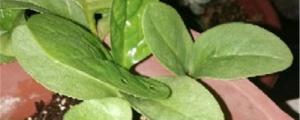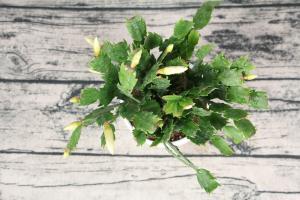How to Trim Jade Plant
Jade plants, also known as "lucky plants" or "money trees," are popular indoor plants due to their easy maintenance and beautiful appearance. However, without proper trimming, they can become too tall and leggy, losing their shape and attractiveness. Here are some tips on how to trim jade plants and keep them healthy and thriving.
1. Timing is everything
Jade plants generally grow slower in winter and faster in summer, so the best time to trim them is in late spring or early summer when they are actively growing. Avoid trimming during the winter months, as it may harm the plant or delay its growth.
2. Equipment needed
Before starting the trimming process, you will need a pair of sharp and clean pruning shears or scissors. Dull blades can crush the stems or leaves, leading to disease or infection, so it's essential to sharpen them before use.
3. Decide what needs to be trimmed
Inspect your jade plant and decide which parts need to be trimmed. Look for damaged or diseased branches, stems or leaves, and cut them off with the pruning shears or scissors. Also, look for any overcrowded stems or those growing in awkward directions that may affect the plant's shape or balance.
4. Trim the stems
Once you have identified the damaged or diseased stems, cut them off about 1/4 inch above the natural crease or joint where they meet healthy stems. This will allow the plant to heal itself more quickly and reduce the risk of infection. If you want to control the plant's size or shape, you can trim the healthy stems too, but make sure to leave at least two leaves on each stem to promote new growth.
5. Care for the trimmed plant
After trimming the jade plant, make sure to clean the pruning shears or scissors with rubbing alcohol to prevent the spread of disease or infection. Also, apply a small amount of a fungicide or rooting hormone to the trimmed ends of the plant to promote faster healing and new growth.
Trimming jade plants is an excellent way to keep them healthy and looking their best. With proper timing, equipment, and technique, you can easily trim your jade plant and promote new growth without harming the plant. Remember to check your jade plant regularly and trim as needed to keep it flourishing.

 how many times do yo...
how many times do yo... how many planted tre...
how many planted tre... how many pine trees ...
how many pine trees ... how many pecan trees...
how many pecan trees... how many plants comp...
how many plants comp... how many plants can ...
how many plants can ... how many plants and ...
how many plants and ... how many pepper plan...
how many pepper plan...
































